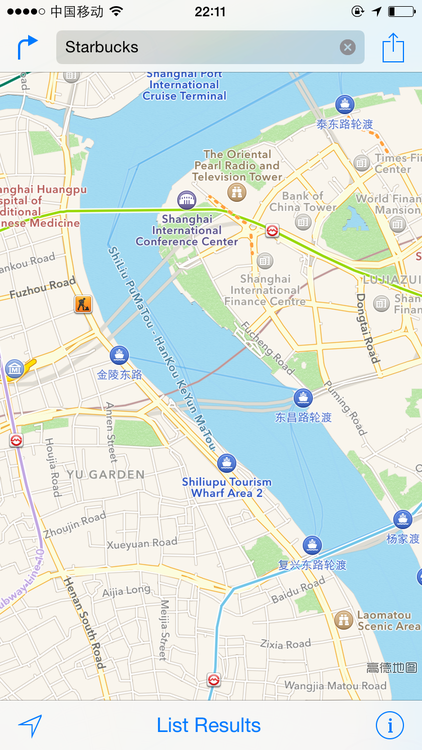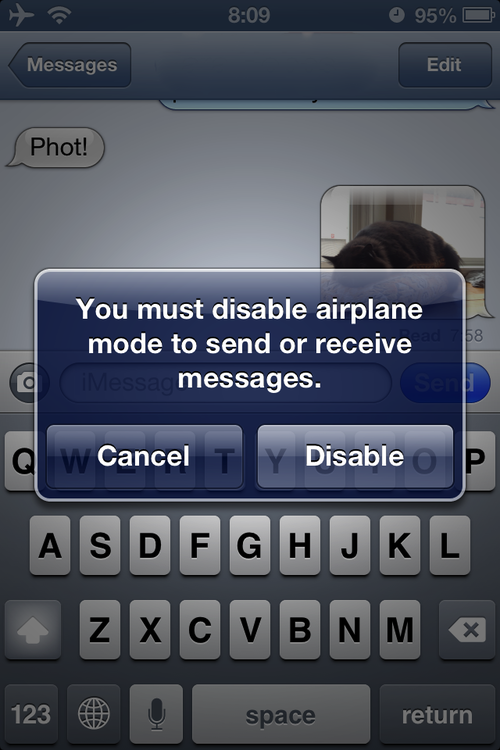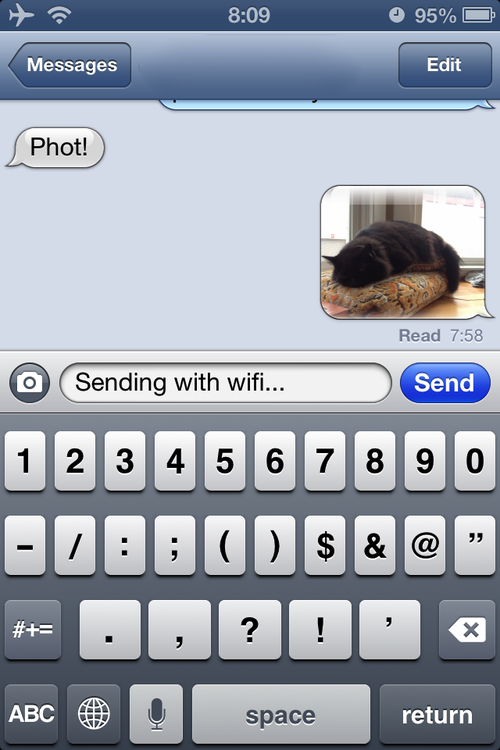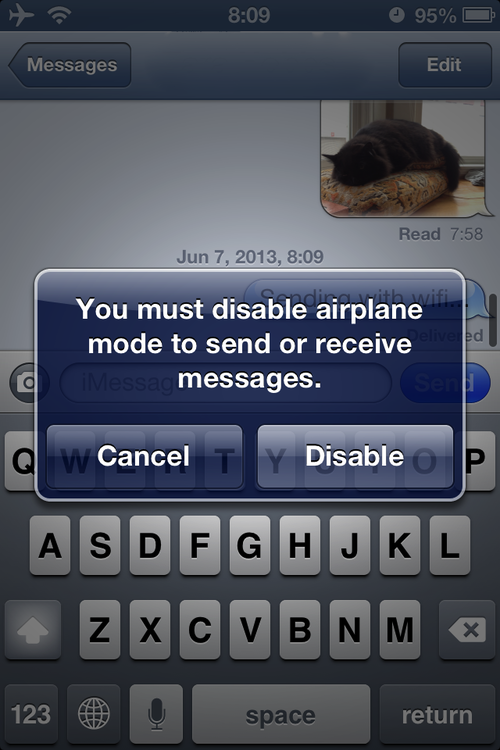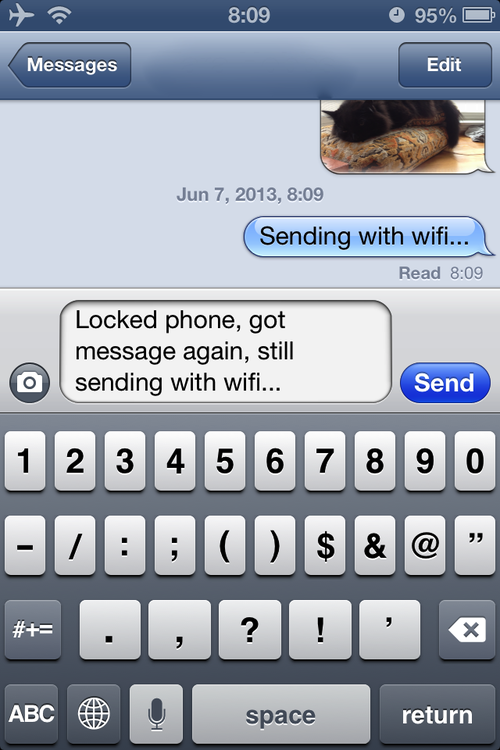This morning as I was using my iPhone 4 with Bumper on in a room that normally has poor signal strength I noticed the signal dropping. I was on wifi as well, so connectivity was fine, of course, but the bars declined in the same manner as yesterday when held without Bumper on.
I shifted the Bumper and the bars returned. This means that, in areas where signal strength was, with the iPhone 3G, questionable, the iPhone 4 antennas are more vulnerable to the bridging interference than in strong coverage areas. This corresponds with findings posted by others.
I then removed the bumper and the problem was easily reproducible by holding the phone in my left hand in all areas of the house, regardless of coverage strength. I’d been debating heading back to the Apple store, and this pushed me over the edge. I got on the bus.
When I got to Stonestown Galleria, having not used the phone at all on the cold bus ride (this is San Francisco), the problem wasn’t initially apparent. I sat in the food court for ten minutes, debating what to do and holding the phone with full 3G signal. I’ll note for others that when I say “holding the phone” I mean lightly, not some death grip, and in a very, very standard way, not in any special fashion. My hands are not and were not wet.
After about ten minutes, while I was trying to come up with a way to explain this bug to the Apple store staff, the bars started dropping. Note that the Galleria is much warmer than the outdoors, so I believe the antennas are more vulnerable to interference and detuning at warmer temperatures.
I went to the Apple store and demonstrated the problem to the first staffer I found. He referred me to the Genius Bar, made me a walk-in appointment, and asked me to wait. I did, and while doing so tested the phones in the display area. None of them dropped immediately but I did not hold any for more than a few moments, as I was trying to test them all. During this time I was not holding my iPhone 4.
When the Genius called me I explained the problem and he asked if I could show him. I pulled out the phone (sans-Bumper) and held it lightly. The bars began to fade. He said that this was the first time he’d seen it, and asked to try. When either of us let go of the phone the bars come back, and when he held the phone the bars dropped.
He was impressed, and said that after hearing about the problem he’d tried to reproduce it, but hadn’t been able to on the display models. I told him I’d tried and failed also. He took the phone and ran tests, including restoring it from DFU mode. He also got me a new phone.
After restoring it the phone did not immediately demonstrate the problem, but once we’d held it for a few minutes the bars began to drop again, until the phone lost signal and began searching for a network. I should note here that the Apple store has excellent AT&T coverage.
He said they’d send my old phone off to engineering, and they were excited to have one with a reproducible problem. He and another staffer set up my new phone and activated it, and asked if I wanted to try it before leaving. I said yes, and held the phone. Having been synced with iTunes moments before it was already warm and bars began immediately dropping. Both Apple store staff reproduced the problem with the new phone.
At this point I was very relieved to know that it wasn’t just me, or just my phone. Strange, but the fact that it’s widespread, or at least _more widely spread_ is comforting. The Genius who’d been helping me then said that they think it’s either a firmware or a design issue, and that there wasn’t anything else he could really do, because they had to find a solution internally, and that they were learning as they went. He was very polite and genuinely interested in solving the problem.
I said I understood and that I’d take the new phone home, and he told me to swing back by if it became a more serious problem. He then said the most interesting thing:
“I tried to reproduce the problem on the display units, but I definitely didn’t hold them for as long as we’ve held this one.”
“Me neither,” I said.
“Now I know how it works though,” he said, “I’m glad to see it.”
The phone is awesome, and I’m glad to have it. The Bumper seems to make the problem almost disappear. However, the problem is both real and reproducible, and affects more than just one unit. If you’re not seeing this, that’s wonderful, but it’s something I’d test for if I were going to buy an iPhone 4. It’s not a deal-breaker, but it’s big enough of a problem that a) Apple should give out free Bumpers and b) you want to know if your phone does it in case there’s a widely-issued fix or recall.
